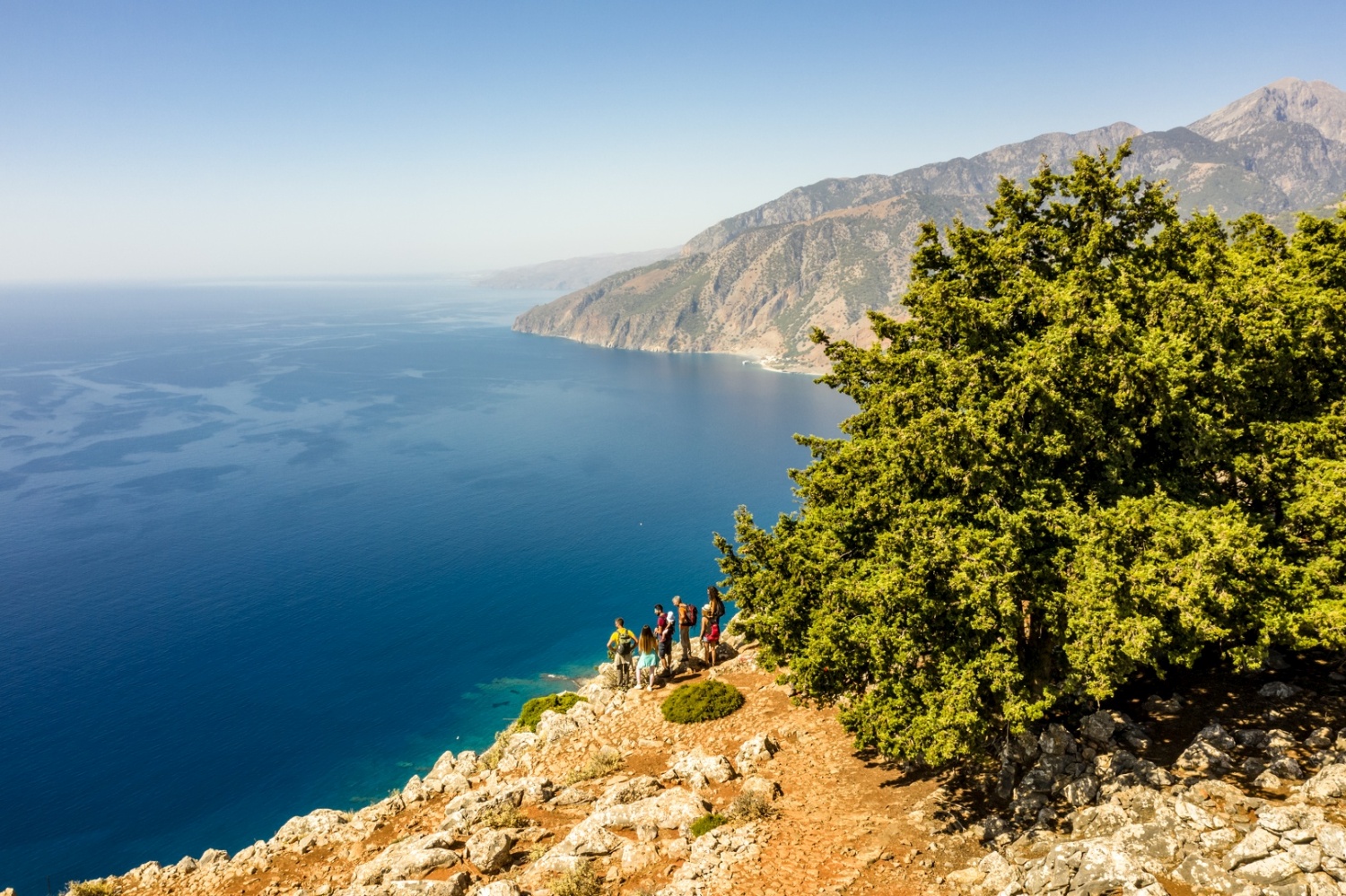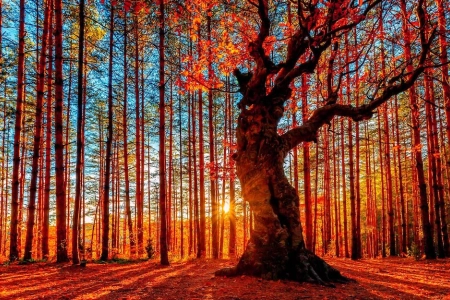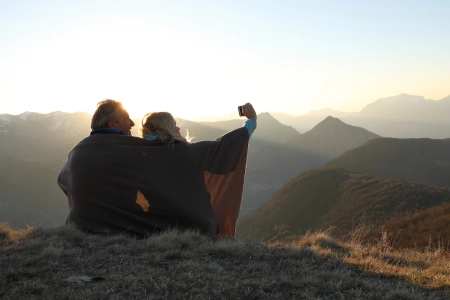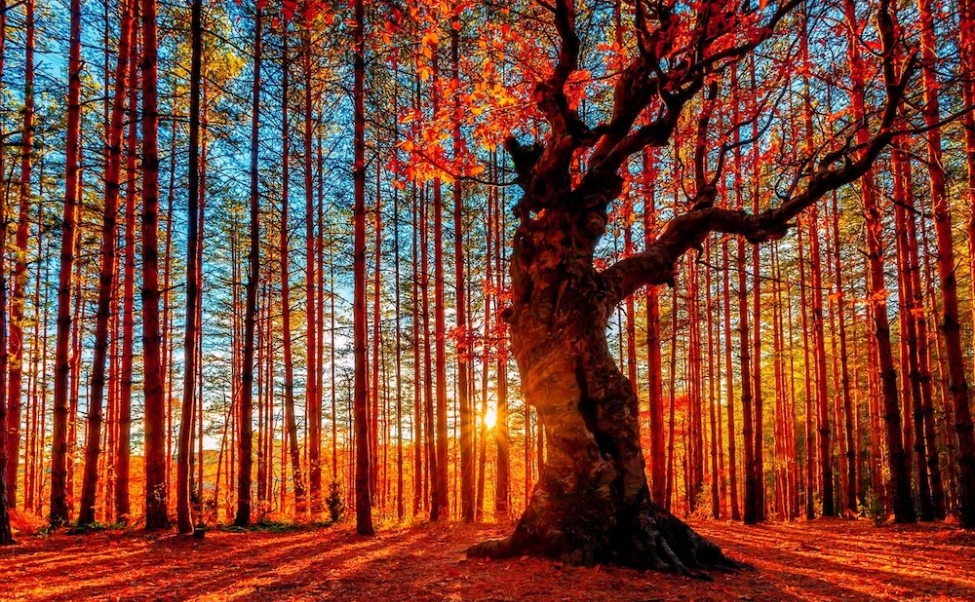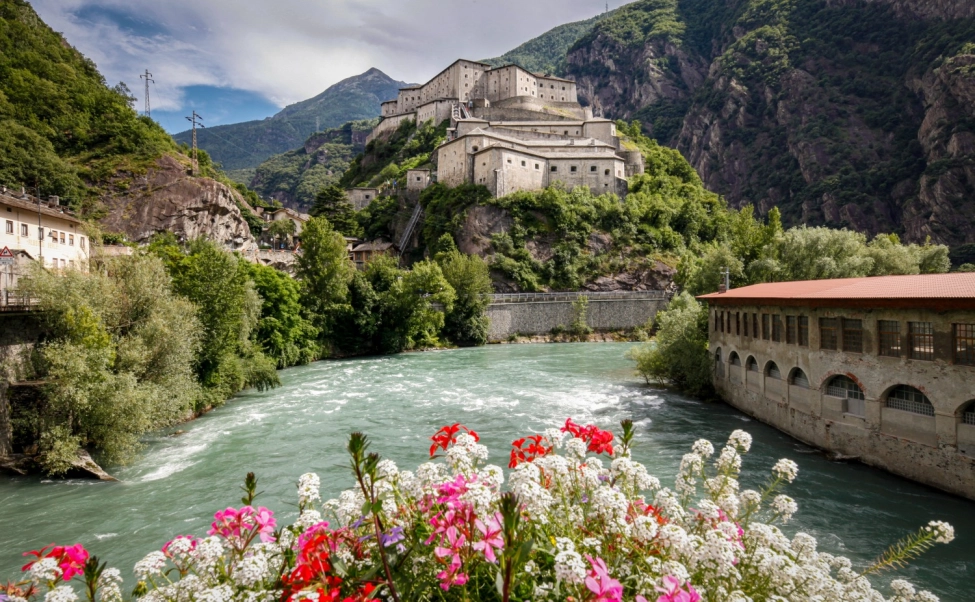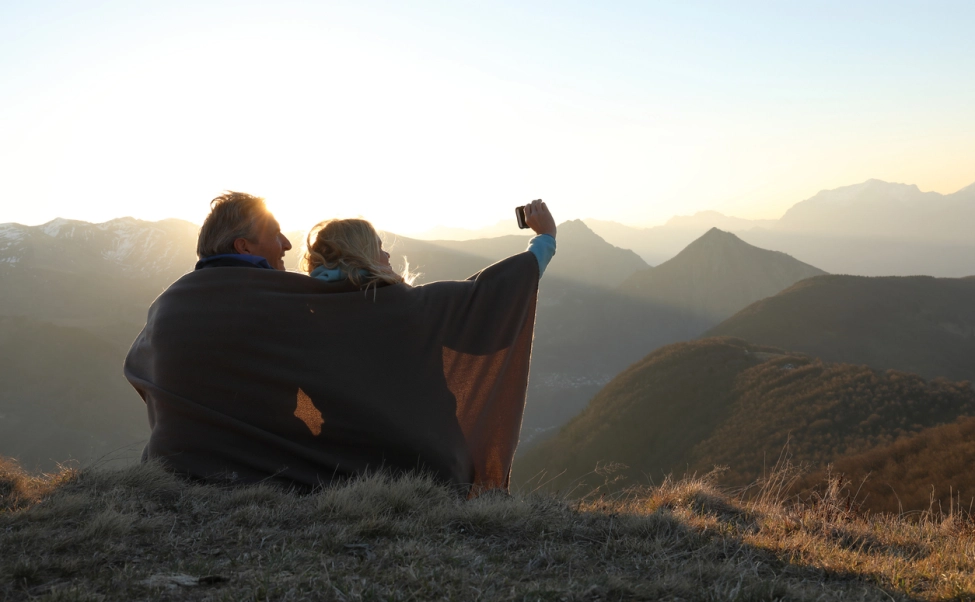- Details
- Written by: Roger Fulton
Sponsored content
Huge geological upheavals have left their mark on Crete, creating a vast range of landscapes to explore, from its high alpine zones, rocky summits, deep, breath-taking gorges and cascading waterfalls, to its meadows, woods, wetlands, vineyards and olive groves.
Together they offer a remarkably concentrated biodiversity, which includes the world's highest insular population of vultures and more than 1700 species of plants - the same number found in Great Britain which has an area 40 times larger than this Mediterranean island.
The best way to explore the island is undoubtedly on foot, taking advantage of the many majestic mapped trails that take the hiker way beyond the places reached by car, following ancient trails through the deepest canyons and up to the highest peaks.
Particular highlights of hiking in Crete are the two stunning UNESCO geoparks in Psiloritis and Sitia, where the best hiking trails take in many of the island's most wonderful landscapes.
Where is Crete?
Crete is the largest and southernmost island in Greece, located between the Aegean and the Libyan Sea, about 160km south of the mainland, and is the fifth largest island in the Mediterranean.
Known as the cradle of European civilisation, Crete is steeped in history and culture as well as beauty. Cretans are said to be the descendants of the God Zeus and the character of the island is inseparable from the ancient myths and legends. It was here Daedalus and Icarus took to the air and here where Theseus pursued the Minotaur through the labyrinth. Crete’s history is celebrated in its art, music, dance and culture and reminders of past civilisations are everywhere.
Several airlines fly to Crete from regional UK airports, making getting there a breeze, with direct flights averaging about four hours whether you're flying to Chania or Heraklion.
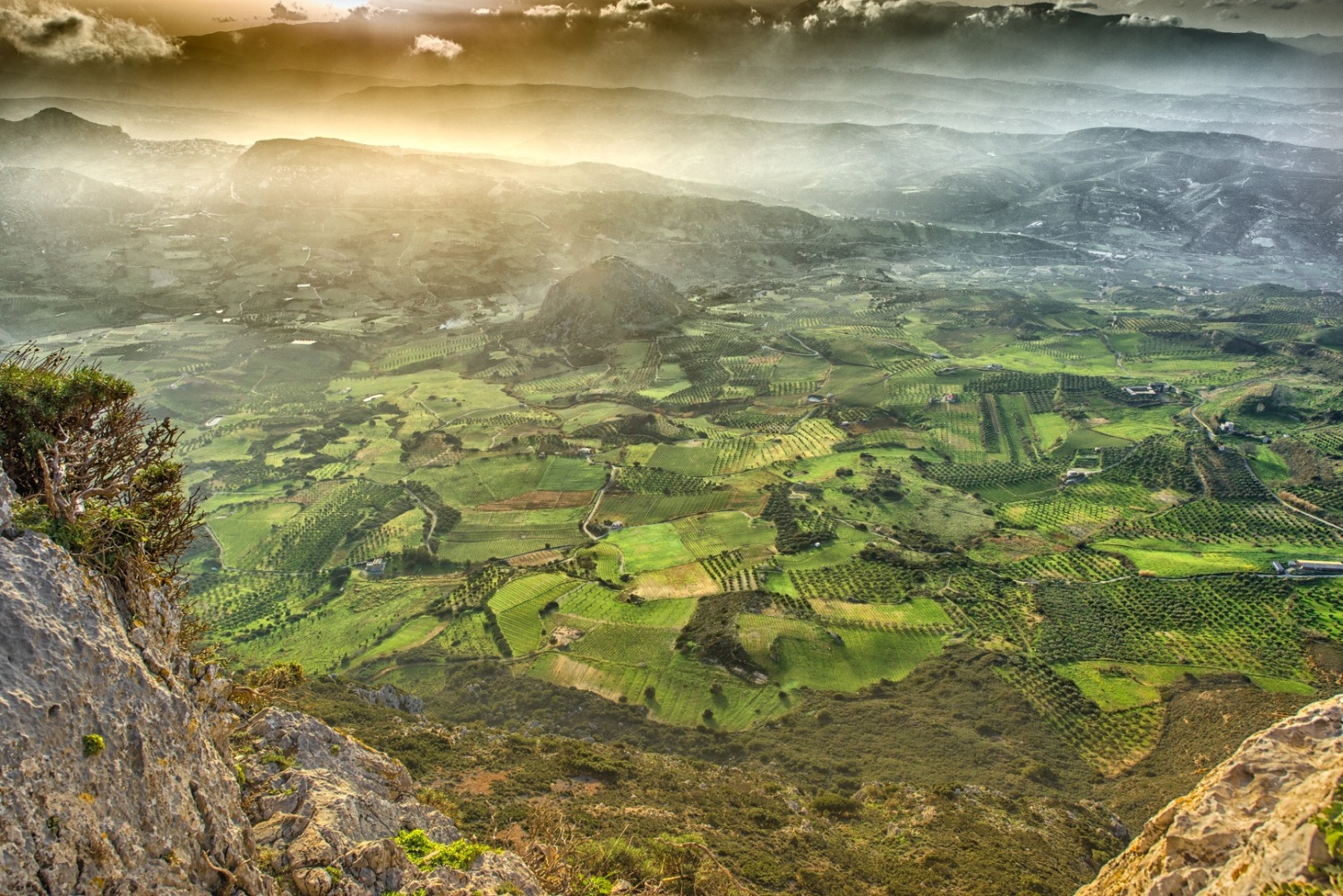
What is the hiking terrain like in Crete?
Crete's most distinctive feature is its mountains, which are mainly grouped into three ranges - the Dikti range in Lassithi, the Ida (Psiloritis) range in central Crete and the White Mountains (Lefka Ori) in Chania. The White Mountains is the largest massif on Crete and its highest peak is Pahnes at 2.453m. At the heart of this spectacular range is the Mountain Desert, where more than 50 peaks called Sori (piles) reminiscent of cones, are more than 2,000m high. dolines - which look like upside down cones - are formed at the bottom of the Sori peaks. This unusual landscape is unique to Crete in the northern hemisphere.
Hiking in the White Mountains requires fitness, experience and good sense of direction. There are several mountain shelters where you can rest for the night, offering welcome protection from the elements, as the highest mountain areas still have snow cover into June.
With more than 400 canyons, Crete is home to the largest number of gorges in Greece. In Sfakia, in the foothills of the White Mountains, is the most famous gorge in Europe, the imposing Gorge of Samaria, with trails crossed by thousands of visitors every summer. Other well-known hiking canyons include the Imbros gorge, the wild canyon of Aradena, and the lush green Sfakiano gorge, the Kallikratis Gorge, and further east, the difficult Tripiti gorge and the famous Agia Irini gorge, which ends at the beach of Sougia.
Rethymnon hosts several accessible, beautiful canyons, the most famous of which is the gorge of Kourtaliotiko, into which flows the river Megalos, and where trekking along the riverbed makes for an exciting experience. Heraklion also has many great hiking canyons, such as the wonderful Rouvas gorge and oak wood at Psiloritis. The region of Lassithi also boasts several lovely gorges, with Richtis gorge being a particlular highlight. Not as large and imposing as some of its neighbours, Richtis gorge draws visitors due to its lush green surroundings and small stream that flows through the gorge year-round.
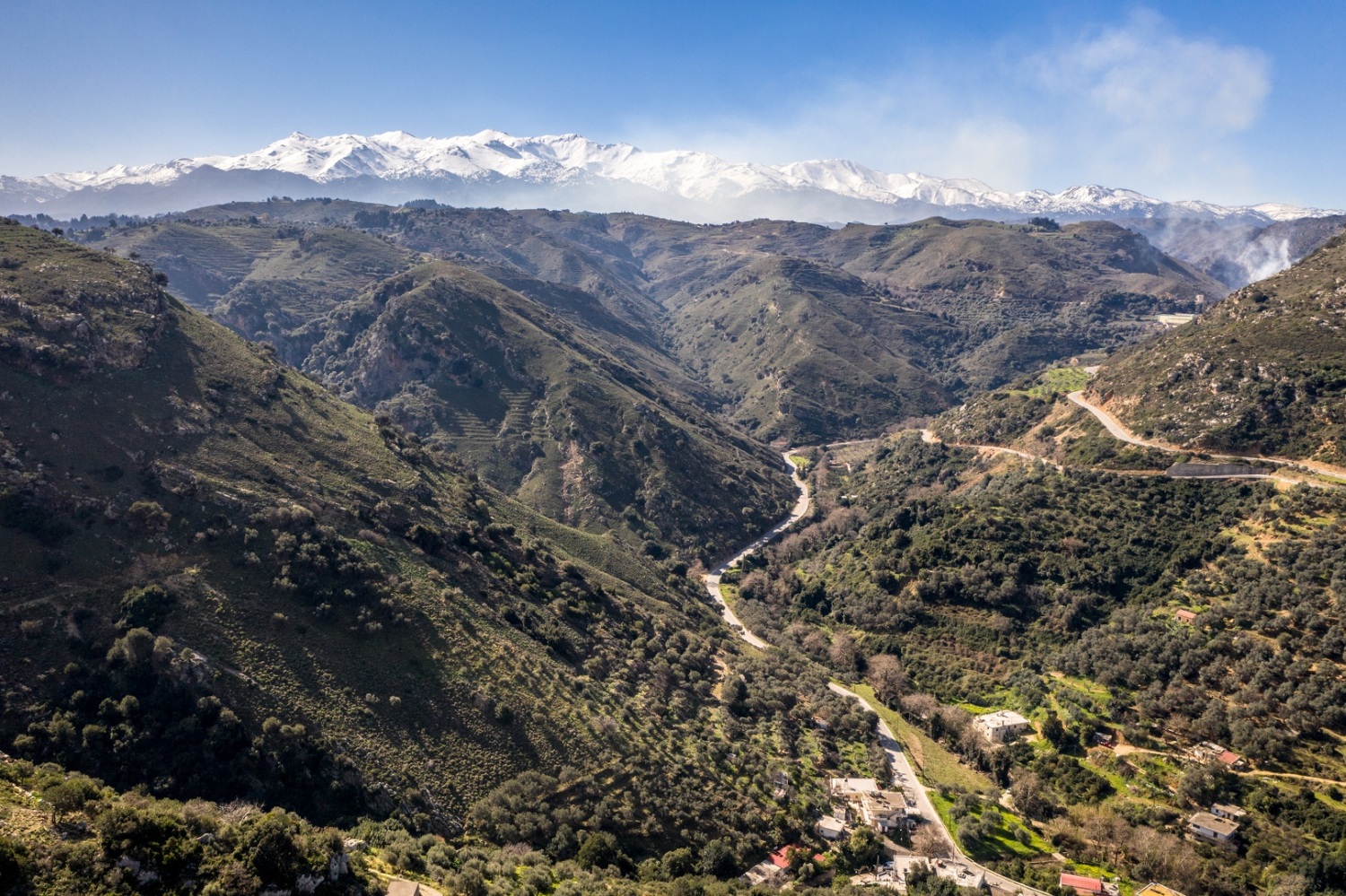
Many hiking trails, including the famous E4 European Long Distance Path, pass through protected areas, including the National Park of the White Mountains - one of the seven reserves of Greece. Other protected areas include the entire ranges of Dikti, Ida, Kedros, Asterousia, Youchtas and Thripti, as well as the peninsulas of Gramvousa, Rodopos and Sidero.
Despite limited water resources, Crete is also home to a number of significant wetlands, such as Kournas, the largest natural lake on the island, and a haven for birdlife.
Crete was once covered in dense forests, but while much of these have been cleared, there are still wonderful areas of woodland for hikers to enjoy, including cypress and oak. Crete also has some monumental protected trees - many associated with aspects of island history and legend - which are well worth visiting. The Selakano forest near Ierapetra in the Lassithi region which consists of mostly pine trees and is home to many birds of prey, and the Agios Ioannis forest near Sfakia in Chania which offers wonderful views of the sparkling Libyan Sea are particularly well-suited to woodland walks
Many travel agencies offer trekking packages and there are several hiking clubs on Crete.
- READ NEXT: The Best Lightweight Walking Boots
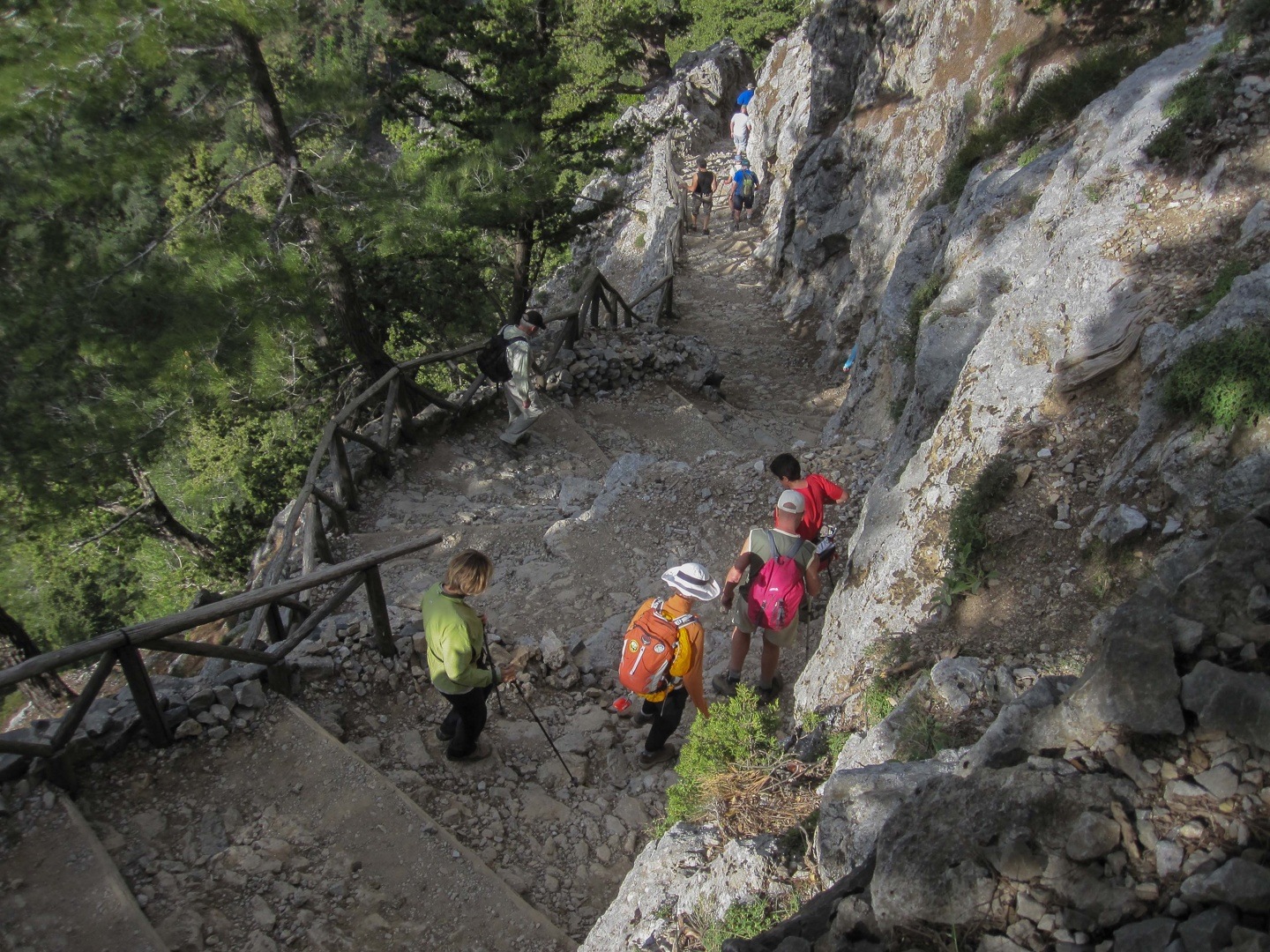
Top 5 hiking routes to try in Crete
The Samaria Gorge, Sfakia
Undoubtedly, one of the most famous walking gorges in Europe. The hiking trail that thousands of visitors walk in the summer starts from the Omalos plateau and follows an enchanting well-marked path through a dense forest of cypresses and pines. It also passes between very narrow passages with vertical walls 500m high, before ending up in the coastal settlement of Agia Roumeli.
The E4 Trail
One of the best hiking routes on Crete is the E4 European Long Distance Path which involves a network of trails with special cultural, historical and natural values, and which crosses Crete from Kissamos to Zakros. The multi-day hike offers an unrivalled chance to explore ancient sites, breathe the scent of wild herbs in the canyons, climb to the tops of the highest peaks and gaze at the deep blue Cretan and Libyan seas. Unmissable.
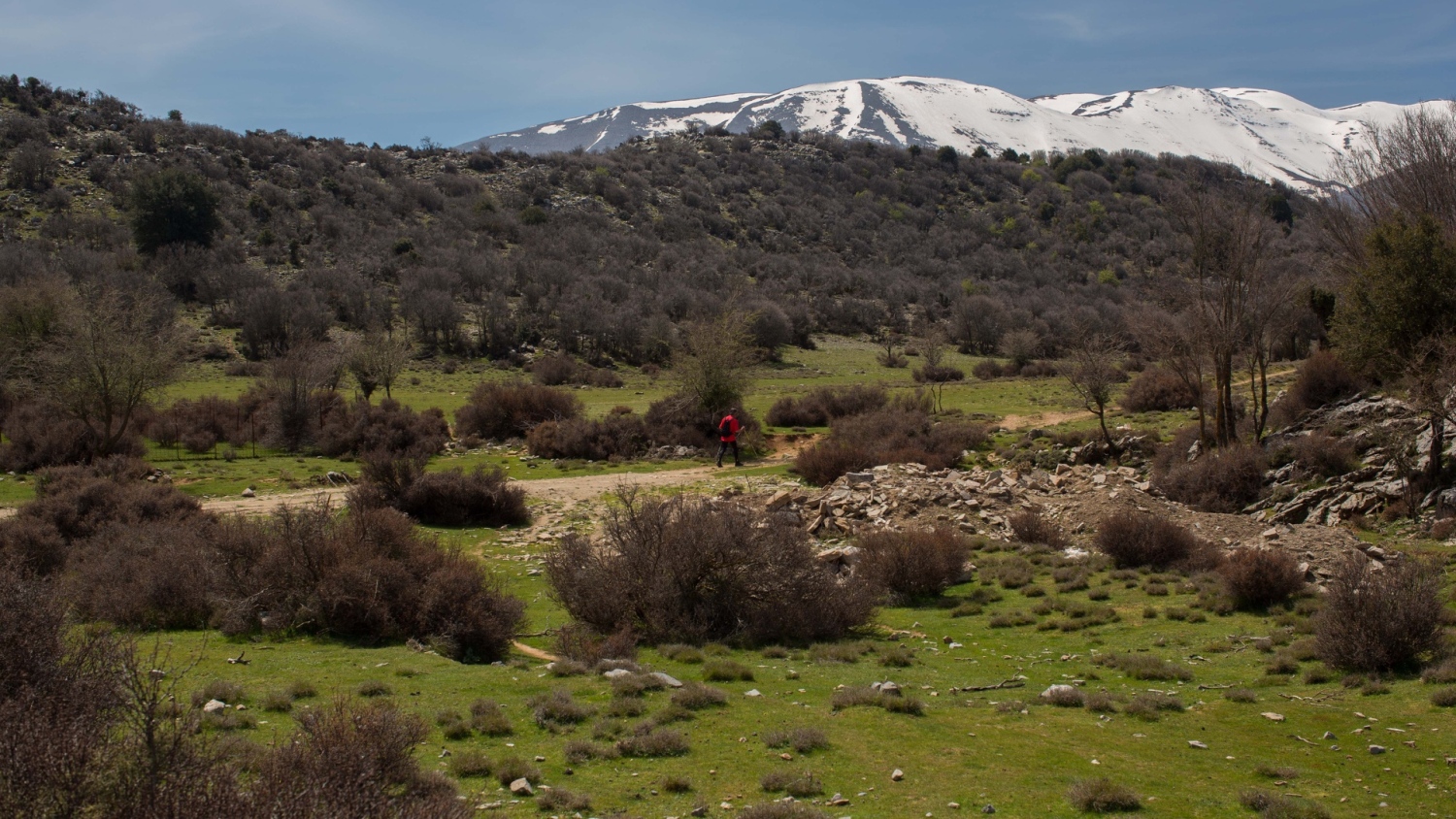
Hiking to Psiloritis
At 2.456m, the Psiloritis (or Ida Mountain) in Rethymnon, is the highest mountain of Crete, and has snow for up to 7 months per year, which makes it a challenging but rewarding day-long hike. There are several ways to reach the summit, but most hikers start from the Nida Plateau, close to the Idaion Antron cave - mythical birthplace of Zeus. When you reach the top you are rewarded with absolutely stunning panoramic views of Crete, as well as to the islands of Santorini to the North and Gavdos in the South.
Rouvas Wood
One of many treks in the Psiloritis Natural Geopark and UNESCO reserve. It's a roughly 10km undulating out-and-back route with several quite steep sections, and offers a wonderful 'forest-bathe' in the ancient oak woods. The trail, which starts from Votomos or Zaros Lake and ends at Ai-Yiannis in Rouva, is open all year round and is beautiful to visit anytime.
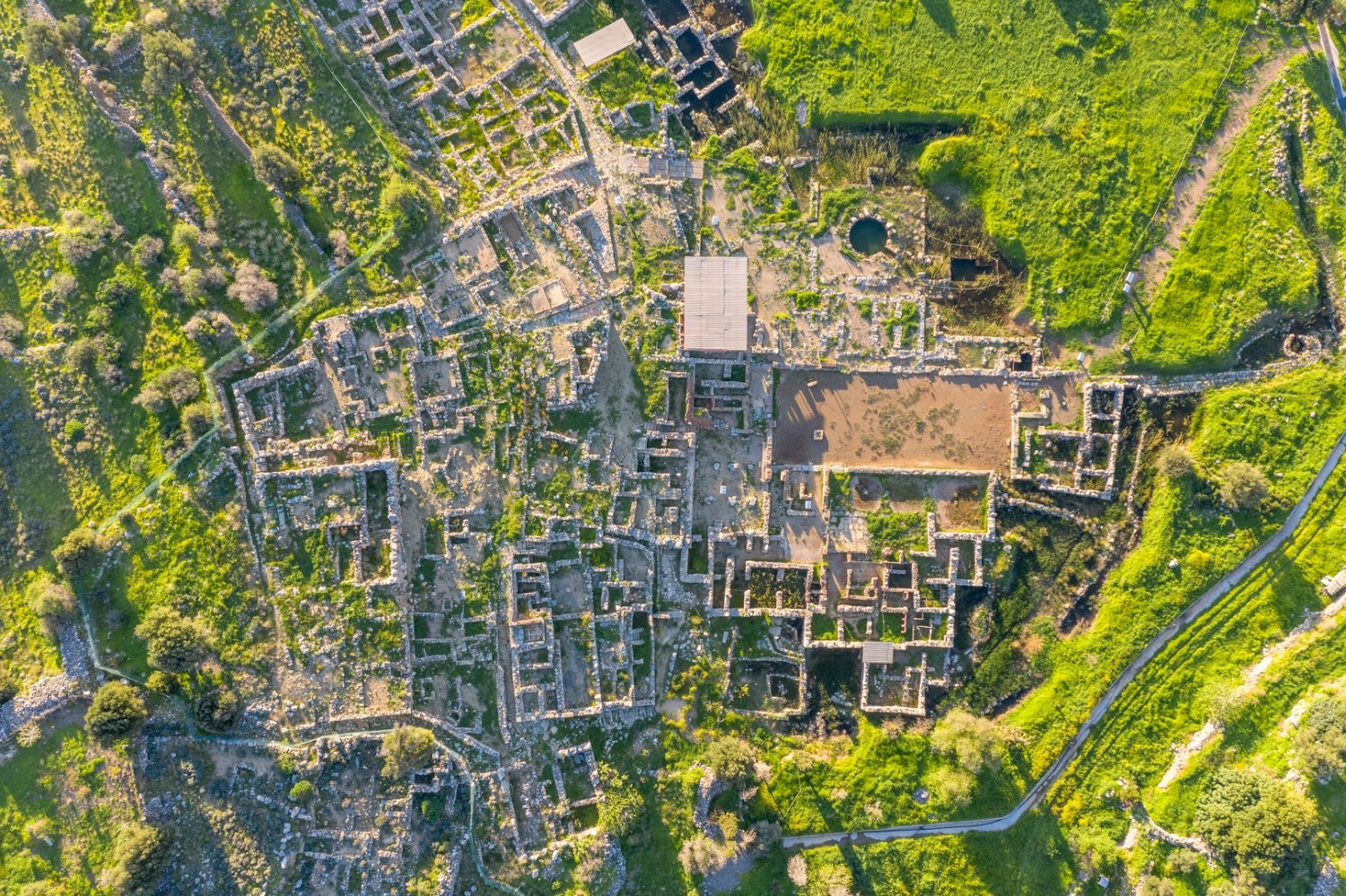
Sitia Geopark
There are around a dozen georoutes in this natural park in eastern Crete and all are worth exploring. Try Georoute 10, which begins from Epano Zakros, passes through the renowned Zakros Gorge, also known as 'the Gorge of the Dead', and reaches the village of Kato Zakros. Roughly 90 minutes in duration, this exceptional trekking route combines beautiful landscape with numerous aspects of the island's geological and cultural heritage, including the Minoan cemetery and the archaeological site of Zakros palace.
Go to incrediblecrete.gr for more information about hiking in this fantastic location.

- READ NEXT: The Six Best Active Things to do in Crete

